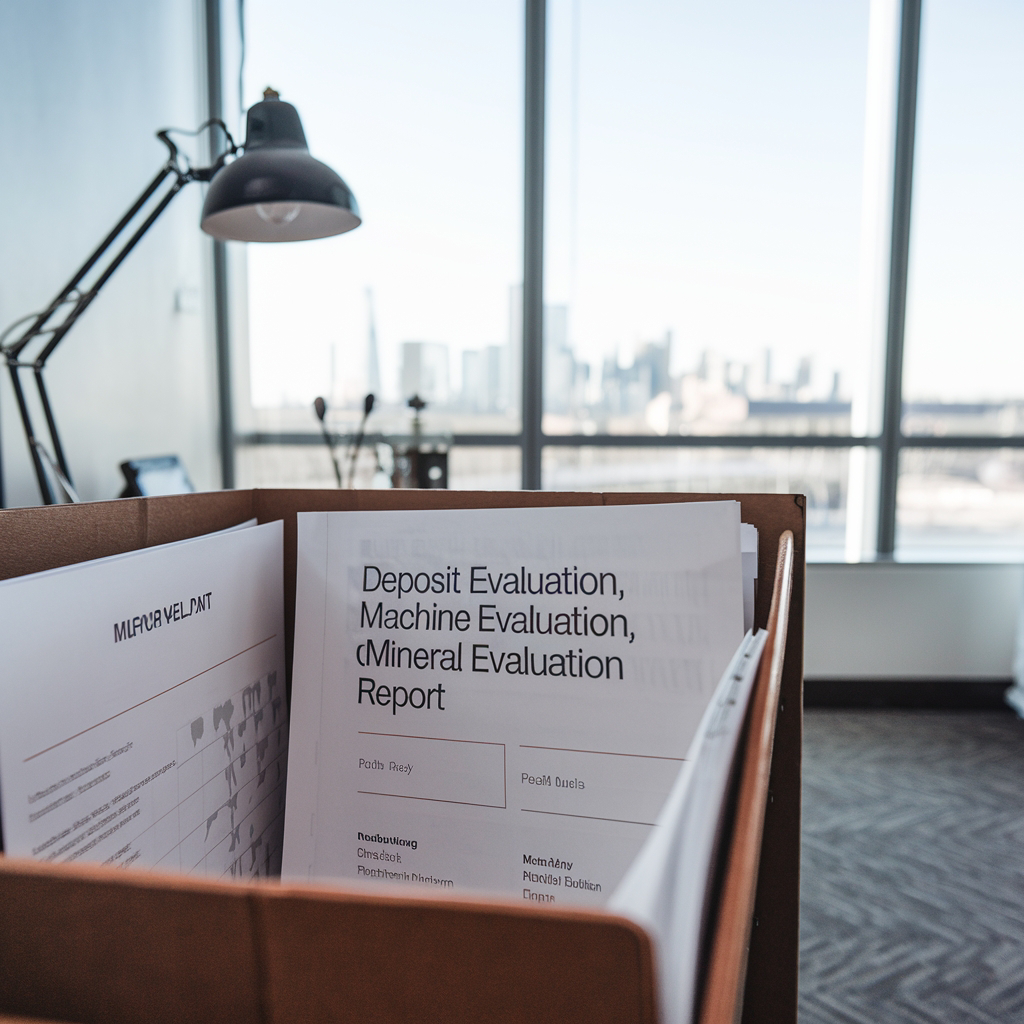Mine evaluation is a multifaceted process that combines scientific, technical, economic, and social analyses. It is a thorough guide for stakeholders in decision-making, that helps ensure that mining operations are conducted responsibly and sustainably, balancing economic gain with environmental stewardship and social responsibility. It also helps to understand if entering into the business has a possibility of profit generation. This will, in turn, form a critical decision of either entering the business, selling the business idea, waiting for the right time, or dropping the business unattended to. Mine Evaluation can be likened to Luke 14:31 (NLT), “Or what king would go to war against another king without first sitting down with his counsellors to discuss whether his army of 10,000 could defeat the 20,000 soldiers marching against him? Effective mine evaluation ultimately leads to more efficient resource management and the long-term success of mining operations, if the business decision is a go-get decision. Thereafter, a critical position needs to be attended to for a better resource management operation. This critical position involves the comprehensive assessment of a mineral resource to determine its viability for extraction. This process combines geological, technical, economic, environmental, and social considerations to make informed decisions about mining operations.
The following are key components of mine evaluation:
Geological Assessment
The foundation of mine evaluation is a thorough geological investigation, which includes geological mapping, sampling, and drilling. The objective is to obtain detailed knowledge of the ore body’s size, shape, grade, and distribution. These findings help in creating accurate geological models that inform decisions regarding potential mining strategies.
Resource Estimation
Following geological assessment, resource estimation is performed using statistical and geostatistical methods. This involves calculating the volume and grade of the mineral resources, often classified as measured, indicated, and inferred resources based on the level of confidence in the estimates.
Technical Evaluation
The technical evaluation assesses the feasibility of extracting the mineral resources identified. This includes evaluating mining methods (e.g., open-pit vs. underground), processing options, equipment requirements, and operational logistics. A preliminary design of the mine layout and infrastructure is often part of this stage.
Economic Analysis
A comprehensive economic evaluation is crucial to determine the viability of a mining project. This involves cost estimation (capital and operational), revenue projections based on commodity prices, and the evaluation of financial metrics such as Net Present Value (NPV), Internal Rate of Return (IRR), and payback period. Economic sensitivity analyses are also performed to understand the project’s financial resilience to fluctuations in market conditions.
Environmental and Social Considerations
Modern mine evaluation emphasizes environmental impact assessments (EIA) and social license to operate. Evaluating the potential environmental effects of mining activities and their impact on local communities is essential. This includes managing waste, ensuring water quality, protecting biodiversity, and engaging stakeholders to address their concerns and expectations.
Risk Assessment
Identifying and mitigating risks associated with mining projects is critical. A comprehensive risk assessment focuses on geological uncertainties, economic volatility, regulatory changes, and potential social conflicts. This analysis helps in developing risk management strategies to ensure project sustainability.
Regulatory Compliance
Ensuring compliance with local, national, and international regulations is an integral aspect of mine evaluation. This includes obtaining necessary permits, adhering to safety standards, and fulfilling legal obligations related to land use and environmental protection.




Nice write up
ReplyDeleteWell done and well said, sir
ReplyDelete